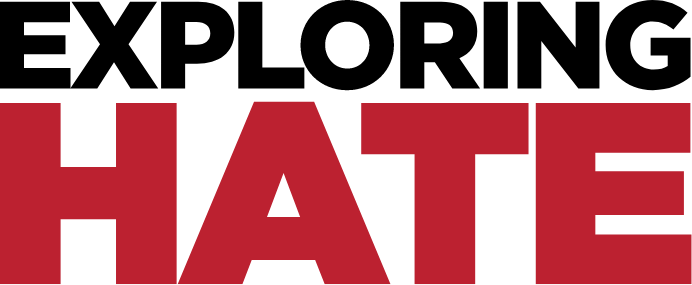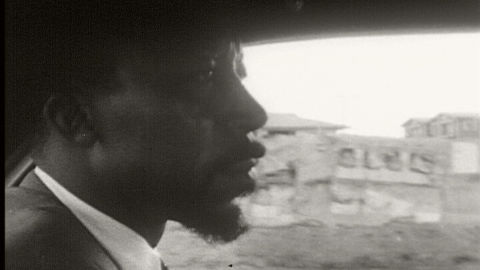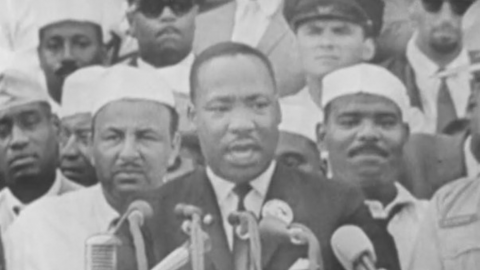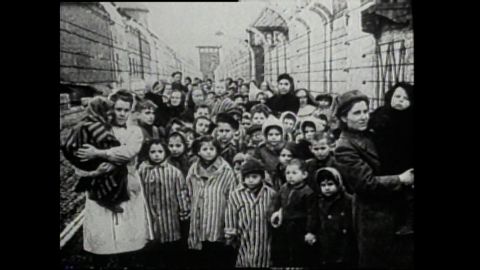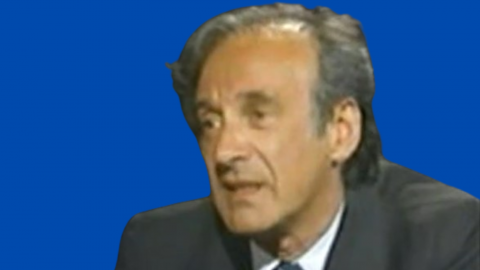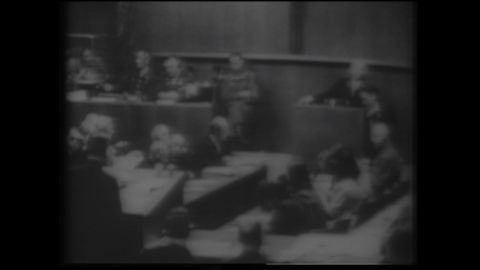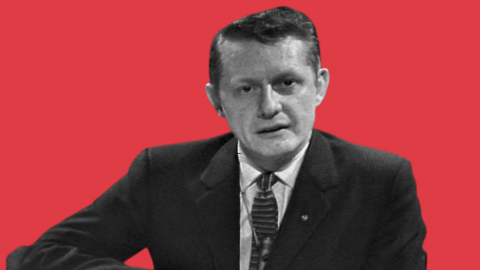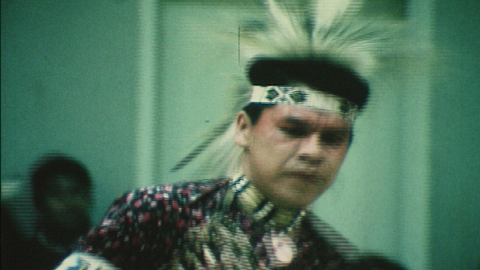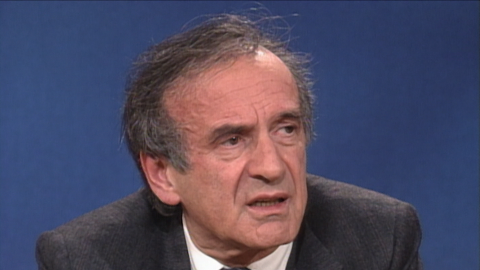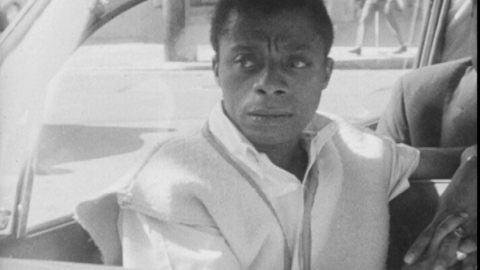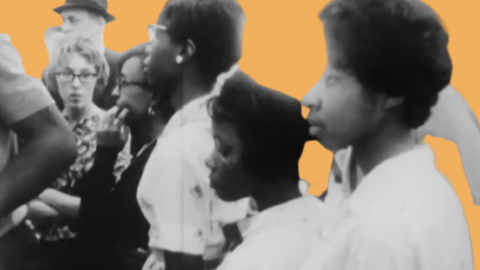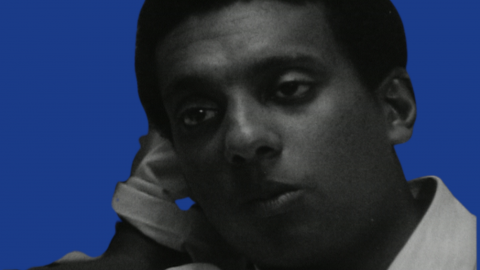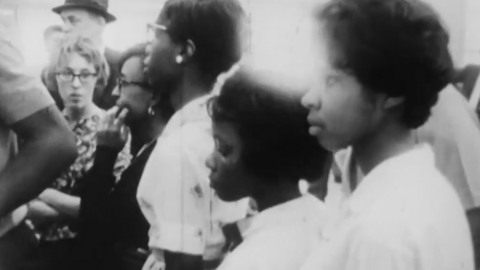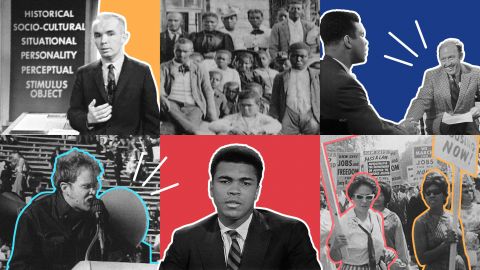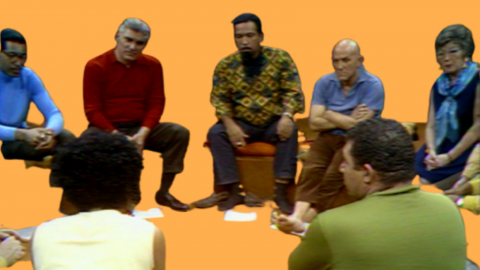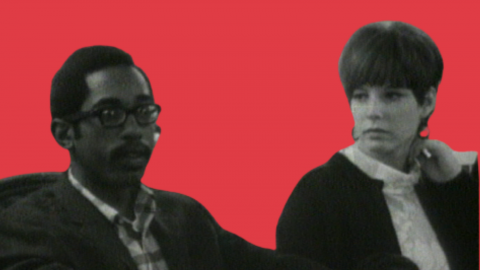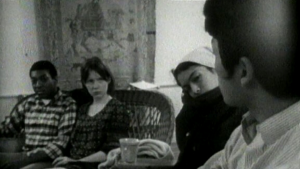
By Nida Khan
This content contains scenes that may be too sensitive for some viewers.
In 1967, 12 college students from various religions, ethnic backgrounds and geographic locations embarked on a unique social experiment to help determine where prejudice exists in educated America.
The Director of the Boston University Human Relations Laboratory lived and worked with the students for six days and nights to encourage dialogue and candid conversation among the group.
Before the existence of “reality TV,” this was true reality television, filmed and presented in the documentary Where is Prejudice?
Video Clip: “Meet the Cast Members” from Where Is Prejudice?
It is one of 50 films in the Legacy Archive Project, part of Exploring Hate: Antisemitism, Racism and Extremism.
To understand the current social climate, a close examination of the past is necessary: the good, bad and the ugly. Through the documentaries, roundtable discussions and educational materials of the Legacy Archive Project, viewers can obtain insight into such essential topics as breaking down barriers and getting to know one another.
In line with the theme of breaking down barriers and interacting with one another, the Legacy Archive Project of Exploring Hate: Antisemitism, Racism and Extremism contains several films which offer solutions to increasing our understanding of other people — and of the world.
In Some of Our Best Friends, 11 adults representing the Black and Jewish communities are together on set for more than 10 hours of taping, engaged in open dialogue about relations between the two groups.
Video Clip: “Things Get Heated” from Some of Our Best Friends, Part I
At times the exchange gets fiery — even combative — as the participants passionately share their thoughts, their stereotypes, and their issues with the current state of race relations.
Fast forward to 2019 where the Pew Research Center released findings about Americans’ views on growing racial and ethnic diversity. One key excerpt:
“About a quarter of white adults say they interact with Blacks (25%) and Hispanics (23%) a lot in their day-to-day life. Among Blacks, 26% say they have a lot of interaction with people who are Hispanic, while one in five Hispanics say they have frequent interaction with people who are Black. About one in ten whites, Blacks and Hispanics say they interact with Asians a lot in their daily life.”
In 2017, PBS News Hour reported on the barrier-breaking power of learning someone else’s story through an organization focused on building empathy in people through storytelling. The organization also trains teachers in awareness of “how story exchanges can enhance their curriculum and help their students learn leadership and communication skills, along with becoming more civic-minded.”
In a continually diversifying nation, eliminating barriers and deepening understanding is a way forward to counteract hate groups and hate crimes. The conversations may not always be comfortable or easy, a fact borne out in the films. But frank dialogue and interaction are necessary to thwart division and disunity — as they have been throughout history.
Through these tough conversations, people can begin to break down the walls of social separation and gain insight into one another. Taking down institutional and societal barriers isn’t an easy task, but it is essential to the survival of a free society.
The Legacy Archive Project of Exploring Hate: Antisemitism, Racism and Extremism features dynamics of past decades. But the challenges remain and the overarching lessons still apply today.
About the author: Nida Khan is an independent journalist, producer and multimedia professional who has written extensively on issues impacting marginalized communities, civil rights, social justice issues, politics and more. Her work has appeared in such diverse outlets as U.S. News & World Report, HuffPost, CNN, The Women’s Media Center, The New York Daily News, Essence Magazine and more.
